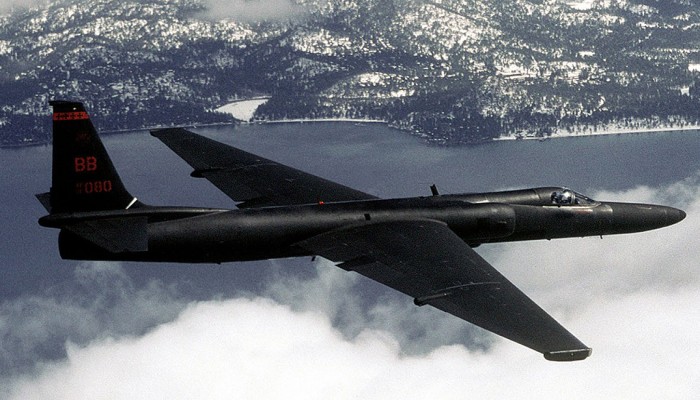WASHINGTON, Oct. 28 (YPA) – The United States deployed reconnaissance and spy planes specialized in tracking ballistic missiles to the Arabian Gulf region. This move reflects growing American concern about the growing missile threats in the region, especially after a series of aviation accidents involving its naval fleet.
According to military reports, US forces have begun operating RC-135 Cobra Ball aircraft, known for their high capabilities in detecting and tracking ballistic missiles using advanced infrared and electro-optical sensor systems, in addition to collecting and analyzing telemetry data on missile trajectories.
Recent satellite images showed these aircraft flying over areas in the Gulf and the Arabian Sea, near the Yemeni coast and the Indian Ocean, departing from Al Udeid Air Base in Qatar, indicating an expansion of the scope of US reconnaissance to include new areas.
This move comes just one day after two consecutive incidents, in which two American planes belonging to the aircraft carrier USS Nimitz crashed while sailing in the South China Sea. Analysts described these incidents as the most mysterious since the start of the recent maritime tensions.
This is the first time Cobra Ball aircraft have been deployed in the region, although the United States has been engaged in limited naval and air confrontations for more than two years in the waters of the Red Sea and the Arabian Sea.
Observers believe that the American decision reflects growing fears of Yemeni and regional missile deterrence capabilities, especially after Yemeni forces successfully targeted American and British ships in recent months, at a time when the US Navy is experiencing a series of operational disruptions and repeated losses of its aircraft.
Military sources also indicate that Washington is seeking, through these aircraft, to monitor potential ballistic trajectories from Yemeni land and detect any new missile activity or launch tests, in light of the escalating undeclared confrontation between the two sides in the Red Sea and the Gulf of Aden.
Defense experts confirm that the deployment of these advanced aircraft represents a significant shift in the US surveillance strategy, as it focuses on early warning rather than responding after an attack. This reflects declining confidence in the US Navy’s traditional defense systems after suffering a series of field setbacks this year.


